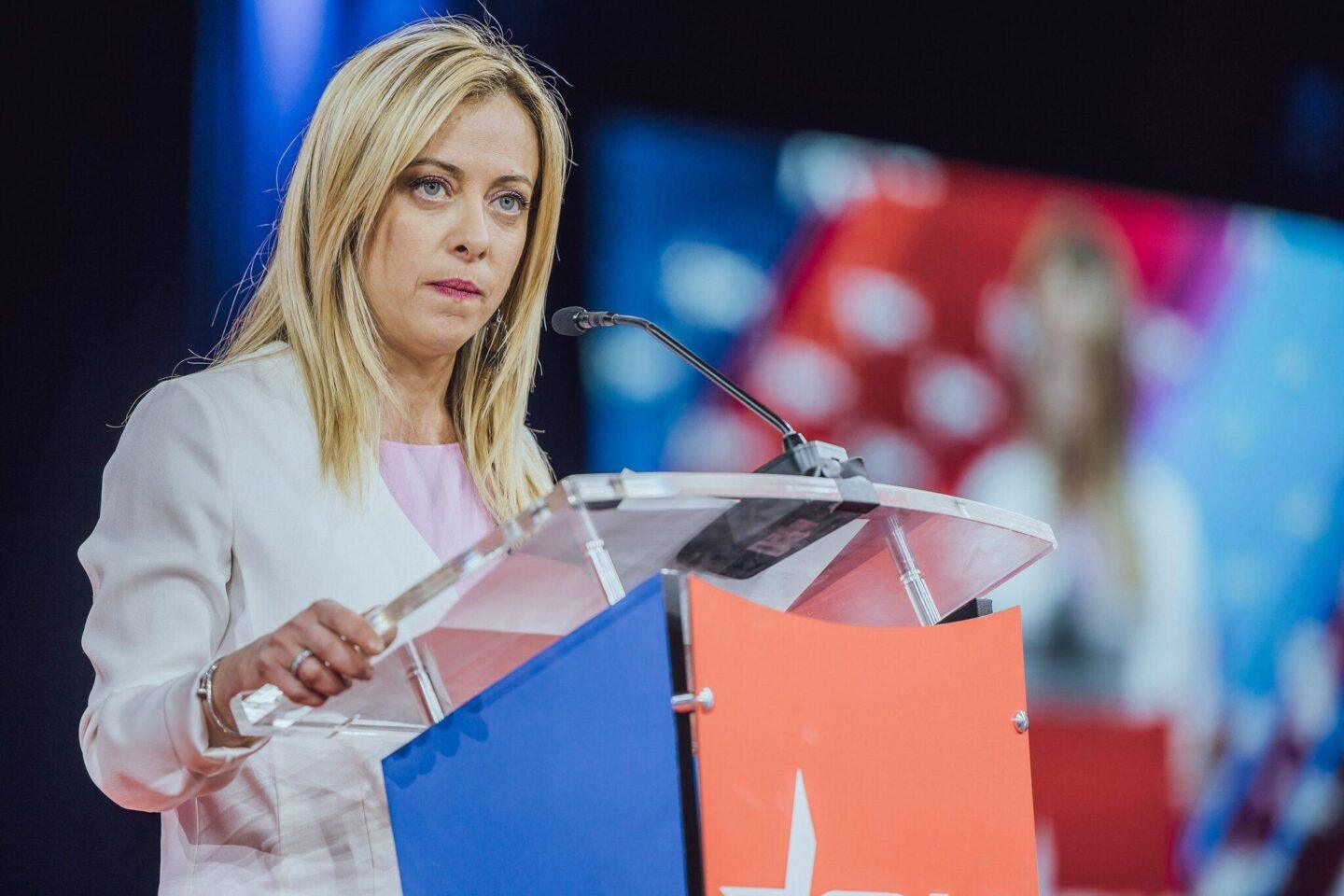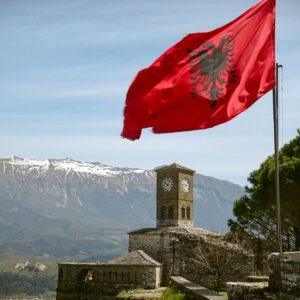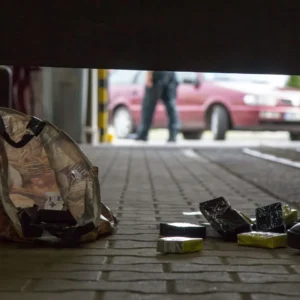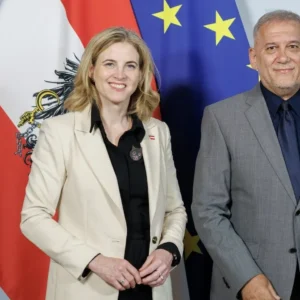The EU Commission declares Italy’s plans to be legally compliant and the head of government celebrates. However, the reclassification is an admission that the “Albania model” has not worked so far.
Giorgia Meloni sees Italy’s migration policy and the controversial “Albania model” confirmed by the EU: “We were right, and our courage to move forward has been rewarded,” the Italian Prime Minister said in a video message at the border security summit in London on Monday regarding the asylum centers that Italy has opened in Albania.
In fact, at the beginning of the week, Brussels recognized as legally compliant a change that Meloni’s cabinet had approved by decree a few days earlier. This amendment stipulates that one of the Italian asylum centers in Albania can also be used as a deportation center in the future. Markus Lammert, spokesperson for the EU Commission for Home Affairs, said: “The decree is in line with European law.”
However, Meloni’s triumph is nowhere near as great as she makes it out to be. Rather, the change that her cabinet has approved is an admission that the centers in Albania are currently not functioning as planned.
When it was presented at the end of 2023, Italy’s plan was to outsource some of its asylum procedures to the two centers in north-western Albania. Boat migrants who are intercepted on their way to Italy would undergo accelerated procedures there.
“Albania model” attracted a lot of attention.
This announcement brought Meloni a lot of international attention, as no one had ever succeeded in opening asylum centers in another country before. However, after the completion of the centers, it became clear that there are good reasons for this – and that Meloni’s government has also failed to implement them so far.
All three previous attempts to use the centers and carry out asylum procedures in Albania were stopped by Italian judges. The reason for this was the judges’ doubts about the Meloni government’s definition of safe countries of origin.
In October 2024, the government had also included controversial countries such as Bangladesh, Egypt and Tunisia in the list of 19 safe countries of origin by decree. Only people from these safe countries of origin may be detained in the centers while they undergo the accelerated asylum procedure introduced by Italy.
The European Court of Justice is currently examining whether EU member states are allowed to determine individually which countries they classify as safe. Italy’s judiciary wants to be guided by the expected ruling in the coming months.
New function to solve problems with judges
In order to prevent the centers in Albania from remaining unused until then and to remind people of the failure of the model to date, Meloni’s cabinet has decided on the latest change. By using the facility in Gjader as a deportation center, the problem of safe countries of origin is circumvented.
Only criminal migrants who are required to leave the country are housed in deportation centers. Their detention is legally possible and is already practiced within Italy. It is therefore likely that the judges will also allow detention in the centers in Albania.
This is mainly because Italian law applies there – a trick that made it possible to set up the facilities in the first place. This is also confirmed by Lammert’s statement: “According to our information, Italian law applies to the center, which is in line with EU law.”
Christopher Hein, who teaches courses on migration and asylum at the Luiss University in Rome, sees the change as a “desperate attempt by the government to save the centers in Albania” and points out several problems.
Doubts about the costs and feasibility of the new “Albania model”
First and foremost the costs, as the current agreement with Albania does not provide for migrants to be deported directly from Tirana airport. Accordingly, they would have to be brought back to Italy for deportation: “This is an enormous financial expense for a small proportion of foreigners who are required to leave the country,” says Hein.
The deportation center in Gjader only has space for 144 people. According to opposition estimates, the construction of the centers in Albania has already cost around one billion euros.
Hein also expresses major concerns regarding the legal protection of migrants if they are detained in Albania pending deportation. Italian law stipulates that they must be given personal contact with lawyers and ombudsmen.
In addition, the Albanian parliament still has to approve the change of use, according to Hein. The original agreement between Albania and Italy made no mention of deportation centers.















Recent Comments